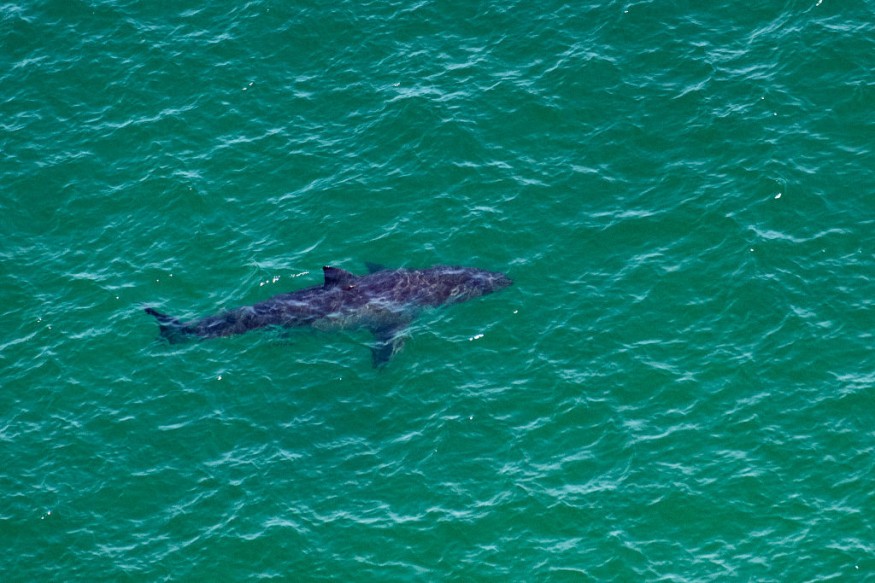Researchers discovered that a superhealing shark regrew a portion of its fin after suffering a traumatic injury at the hands of humans near Jupiter, Florida. This is the first-ever instance of amazing regeneration observed in silky sharks, opening up a lot of questions about their healing abilities.
Injured Silky Shark

Researchers attached a satellite tag to the dorsal fin of a silky shark (Carcharhinus falciformis) so they could track its travels in June 2022. A few weeks later, an unknown person removed the tag, leaving the shark with a fatal wound. When local diver John Moore saw that the shark's tag was missing, he informed the researchers.
In June of the following year, a male adult silky shark with an abnormally formed dorsal fin returned to the same place. Using the photo ID and tag number matching from the previous year the same individual was identified, even though the shape of the dorsal fin had changed significantly.
Chelsea Black, a doctoral student at the University of Miami and author of the study, didn't expect to see the shark again because the wounds were severe and she couldn't track them.
"My first reaction was relief that the shark was still alive, as that was a traumatic wound that could affect his swimming ability or create a significant infection," said Black. This is the first time researchers have observed a silky shark regrowing its dorsal fin and just the second reported incidence of dorsal fin regeneration in any shark.
According to the Florida Museum of Natural History, silky sharks can grow to be around 10 feet (3 meters) long and can be found in the Atlantic, Pacific, and Indian oceans. They are on the verge of extinction owing to overfishing, yet it is prohibited in Florida to collect or kill them.
Although it is primarily a pelagic species, the silky shark has been observed at depths as shallow as 18 meters (56 feet). It is a fast, active shark that favors warmer water (about 23°C).
The silky shark's injuries in 2022 were precise incisions that traced the outline of the satellite tag; therefore, the most possible interpretation is that people purposefully removed the tag with a sharp tool. Black doesn't know who removed the tag, but he doubts it was done to help the shark.
Read Also : Researchers Sampled Shark Fin Trimmings From Hong Kong and Unraveled the Mystery of Where the Fins Belong
Resilient Sharks
By studying diver images shot 322 days apart, Black was able to capture the uncommon fin regrowth. According to the images, the shark lost 20.8% of its fin in the initial injury and recovered to 87% of its previous size.
Because sharks regrow their fins so rarely, researchers are still learning about it. The researchers believe the new fin is primarily scar tissue, but they can't be certain because no regenerated shark fin has ever been dissected.
Sharks naturally sustain a high number of injuries, frequently as a result of hostility and predation attempts from other sharks; thus, they've evolved to heal quickly. According to the study, their healing techniques include immediate anti-inflammatory reactions to injuries.
"There's a reason that sharks have been evolving for hundreds of millions of years, surviving multiple mass extinction events. This story just proves how resilient they can be," Black said.
Related Article : Silky Shark Unhooked by Kind Divers in Florida [VIDEO]
© 2025 NatureWorldNews.com All rights reserved. Do not reproduce without permission.





